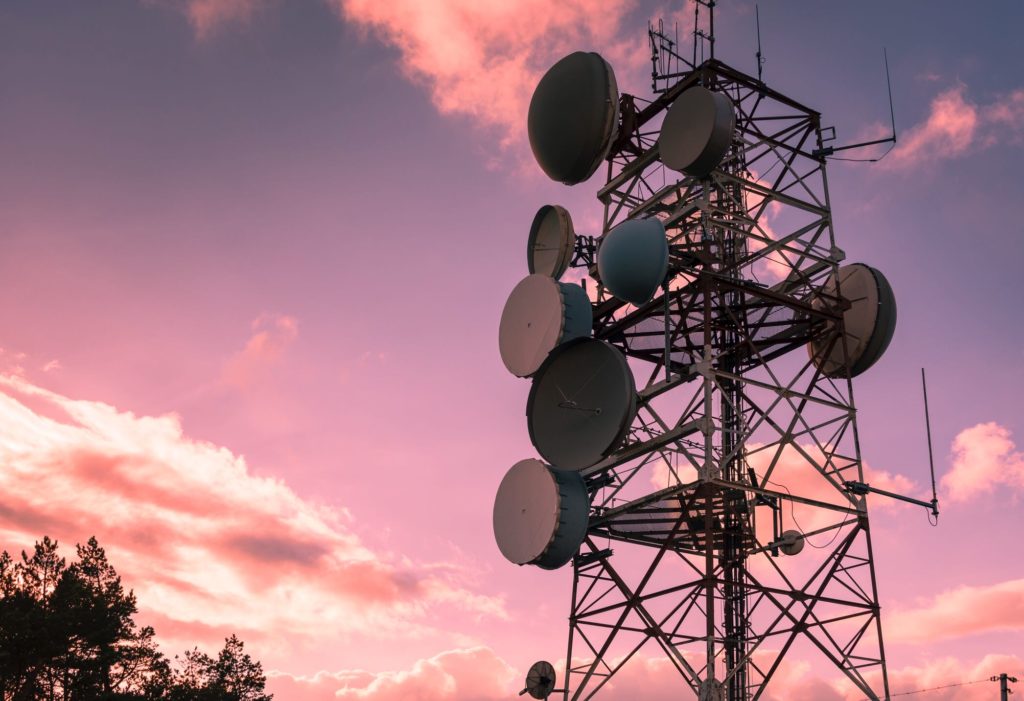In honor of World Future Day, which is celebrated annually worldwide on March 1st, we are sharing our favorite foresight terms all month long to raise awareness of Strategic Foresight. Today’s term is “Weak Signals.”
The premise that the present-day environment contains ‘signals’ that indicate potential events or changes in the future is important in the field of Strategic Foresight. It is grounded in the premise that those who identify such signals in an incipient stage stand a better chance than others of ameliorating risks or capitalizing on opportunities that the signal portends. As such, weak signals (also known as ‘early signals’) are often understood to matter most in a competitive context, in which to find an ‘early’ signal means to find it before your competitor.
Weak signals are often represented graphically as the earliest point on an S-curve:
The concept of weak signals arose after World War II when strategic planners in different sectors recognized that the external environment can be turbulent, and thus produce unexpected events. As a result of this complex environment, planners found that standard strategic planning tools were not useful in the face of uncertainty.
The idea thus arose that it is possible to scan one’s environment to find valuable indications of a potential disaster in the economic, political or social environment in the same way that warning signs of an earthquake or hurricane may be present in the natural environment. It is by the same token possible to find signs of opportunity.
Theorists recognize that it is difficult to recognize valuable indications of serious disruptions in complex systems, and continue to work to fortify the capacity to recognize weak signals. Creative and rational models of thinking are critical tools in determining whether a particular signal is meaningful.
How well does your team recognize weak signals of change?
The idea that the environment is full of ‘signals’ is a metaphor drawn from information theory, which explains that any channel through which information passes (such as a fiber optic cable or a telephone line) contains meaningful information and insignificant data or ‘noise.’
The job of the weak signal seeker is to find anomalous, distinct, previously unrecognized sources of information and to recognize that these may be meaningful in some future system which has not yet fully evolved.
If you would like a quick gauge of your team’s capabilities in recognizing and incorporating weak signal scanning into your future planning, you can download a free assessment here .
Take action to begin identifying signals of change in your environment and learn more about strategic foresight:
- Assessment: How Well Does Your Team Identify Weak Signals?
- Drivers of Change
- Complex Systems
- Cone of Plausibility
- Subscribe to our Newsletter for new tools, assessments and research insights
Reference: Pierre Rossel, “Beyond the Obvious: Examining Ways of Consolidating Early Detection Schemes,” in Technological Forecasting and Social Change 78, 2011, 375-385.



Pingback: Being Prepared for COVID-19: Which countries were best prepared? | Prescient
Pingback: 5 Reasons Your Organization Should Build its Futures Thinking Capacity and Strategic Foresight Skills | Prescient
Pingback: When You Adopt Horizon Scanning, the Quality Of Your Strategy Improves | Prescient